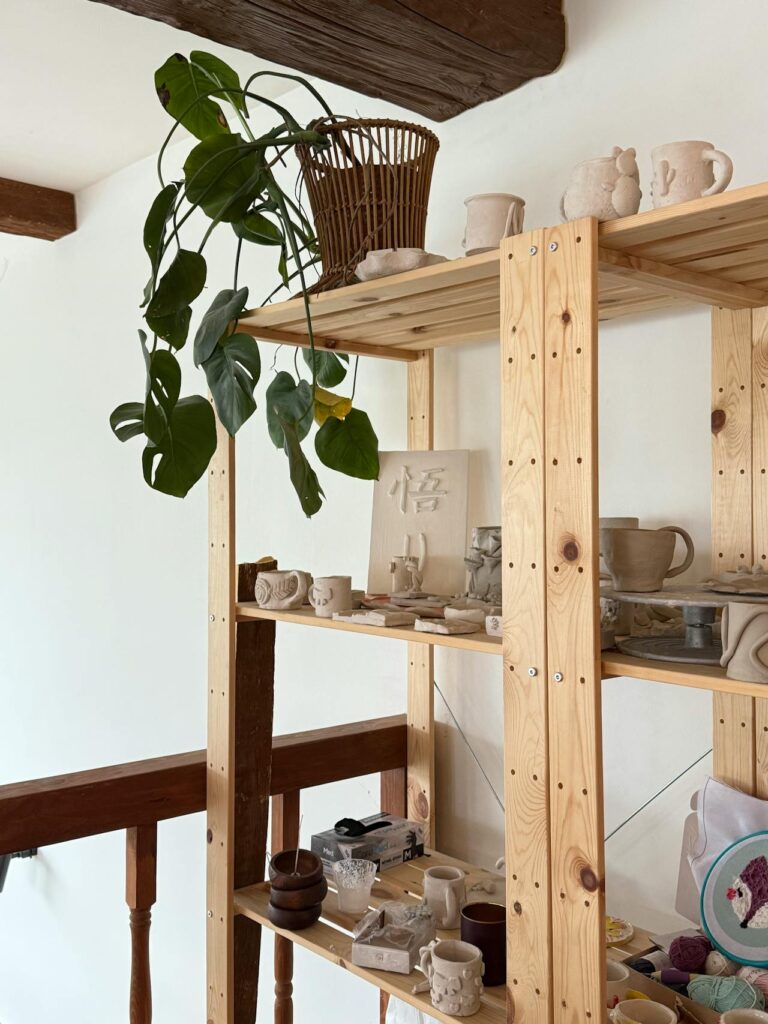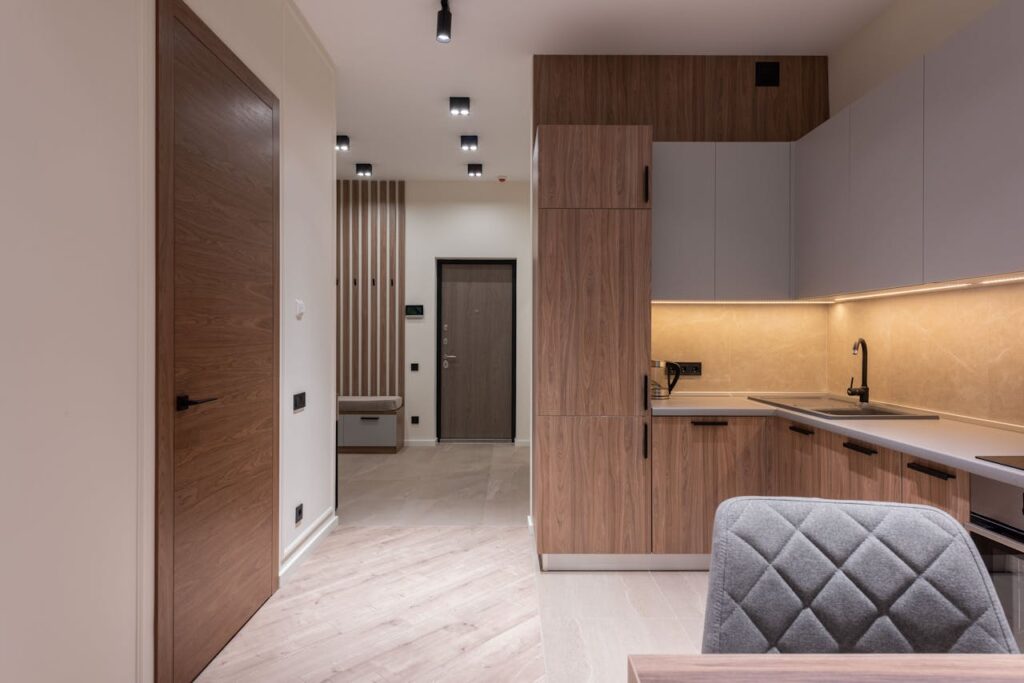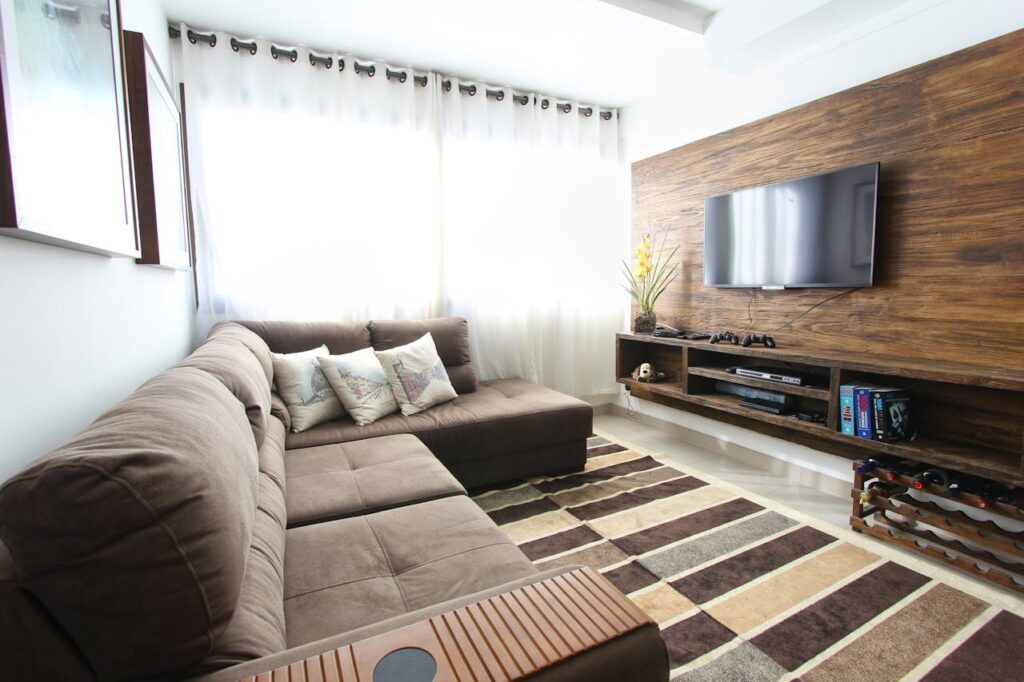Mixing different wood tones in your home decor can create a rich and inviting space with depth and character. However, without the right balance, it can also make a room feel mismatched or chaotic. The key to successfully blending wood tones is understanding how to create harmony while allowing each element to stand out. Here’s what you need to consider when incorporating multiple wood tones into your decor.
Understanding Wood Undertones

Not all wood finishes are the same, and understanding their undertones is crucial for a cohesive look. Wood tones can generally be categorized into warm, cool, and neutral hues.
Warm vs. Cool Undertones
Warm-toned woods have a reddish, orange, or yellow hue, such as cherry, mahogany, and oak. Cool-toned woods, like maple, ash, and walnut, have a gray or bluish tint. Mixing warm and cool wood tones can be done successfully, but it’s best to ensure one dominates the space while the other complements it.
Neutral Woods as a Bridge
Some wood tones, like natural oak or light-stained maple, have a more neutral appearance. These woods can act as a bridge between warm and cool tones, creating a balanced transition between different wood finishes.
Choosing a Dominant Wood Tone

To prevent a chaotic look, it’s important to establish a primary wood tone that will serve as the foundation of your decor.
Identifying the Anchor Piece
Your dominant wood tone should come from the largest or most visually significant element in the room. This could be the flooring, cabinetry, or a large furniture piece such as a dining table or bed frame. Once this is established, other wood tones can be layered in as accents.
Using Contrast Strategically
Avoid having all wood elements match exactly, as this can make the room feel flat. Instead, create contrast by pairing darker wood tones with lighter ones while ensuring a smooth transition with the right undertones.
Balancing Light and Dark Woods

Mixing light and dark wood tones adds dimension and interest to a space. However, achieving balance is key to maintaining visual harmony.
Spacing Out Darker Elements
If most of your furniture is in darker wood tones, break it up with lighter wood accents or neutral elements like textiles and metal finishes. This prevents the room from feeling heavy or overly dark.
Creating a Focal Point
A darker wood piece can act as a statement in a primarily light-toned room. For example, a rich walnut coffee table can ground a space with light oak flooring, adding depth and a sense of balance.
Incorporating Transitional Elements

To tie various wood tones together, use decor elements that bridge the gap between different shades.
Rugs and Textiles
Area rugs can help separate different wood tones, preventing them from clashing. Choose rugs with neutral or multi-tonal patterns that complement the surrounding furniture.
Metal and Glass Accents
Introducing metal finishes like black, brass, or silver can create a cohesive design by drawing attention away from mismatched wood tones. Glass surfaces, such as tabletops, can also break up heavy wood elements, keeping the space visually open.
Using Repetition for Cohesion

Repetition is a simple yet effective way to create a sense of unity when mixing multiple wood tones.
Distributing Similar Tones
Repeating a specific wood tone throughout the space ensures consistency. For instance, if your dining table is a deep espresso color, incorporating similarly stained picture frames or side tables can tie the look together.
Layering Woods Across the Room
Instead of clustering similar wood tones in one area, distribute them evenly throughout the space. This method ensures that no single tone feels out of place or disconnected.
Final Thoughts
Mixing different wood tones in decor can enhance a space with warmth and variety when done thoughtfully. By understanding undertones, balancing contrasts, and using unifying elements, you can create a cohesive and visually appealing home. Thoughtful repetition, strategic placement, and the integration of complementary accents will ensure a harmonious and inviting aesthetic.

